Trusted since 1963
Welcome to the PH Jones
introduction to low carbon technologies
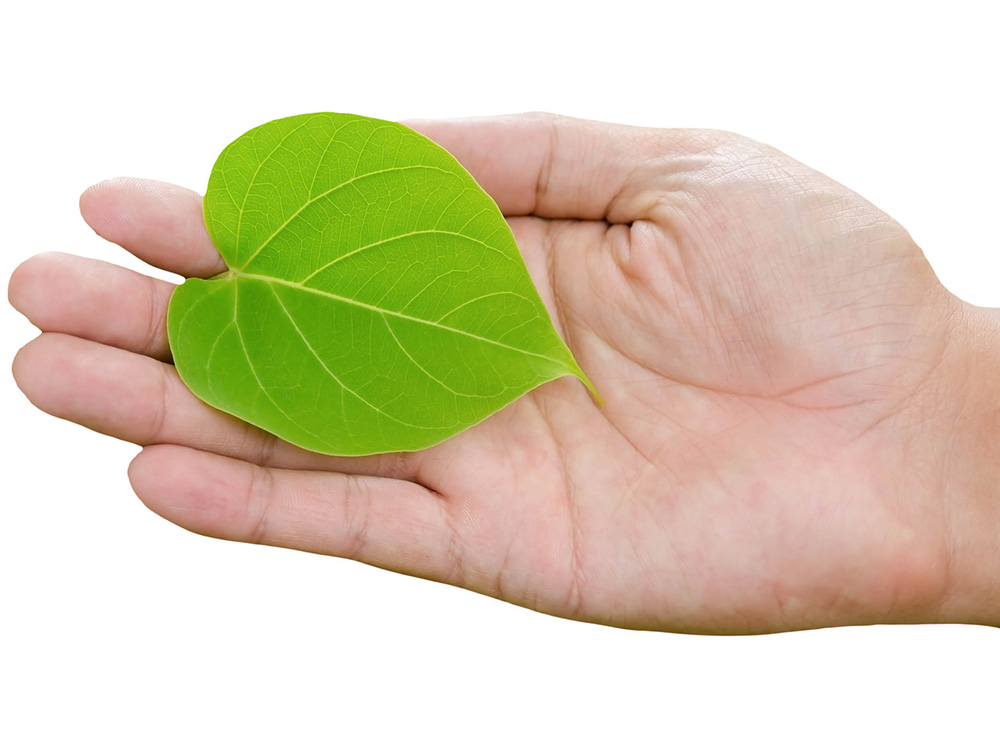
Here to help
PH Jones are here to support you and your residents on the journey to net zero carbon. We hold both MCS and Trustmark accreditations enabling you to access various funding options including RHI, ECO and the green homes grant.
We can support the full spectrum of net zero carbon, covering full installation of measures including specification, procurement, servicing and repair, all to help maximise the effective lifespan of your investment, also ensuring your residents have the best possible end user experience.
Should you wish to explore any of these technologies further please do not hesitate to get in touch. We are here to help from initial concept discussions, funding applications through to full delivery of your project.

Heat Pumps
Heat pumps are available in three types – air, ground and hydro – and the difference between the three is where they capture heat from. These units typically have efficiencies of around 300%, so for every 1kw of energy you put in, you get 3kw out. By replacing fossil fuel appliances with these units, we will improve air quality by eradicating emissions and delivering net zero carbon.
As the units run at a lower flow temperature than traditional boilers, they are better suited for children and the elderly, who will be less at risk of burns from contact with radiators*.*These systems will need the radiators or emitters enlarged to output an equivalent amount of heat to the fossil fuel system they replace.
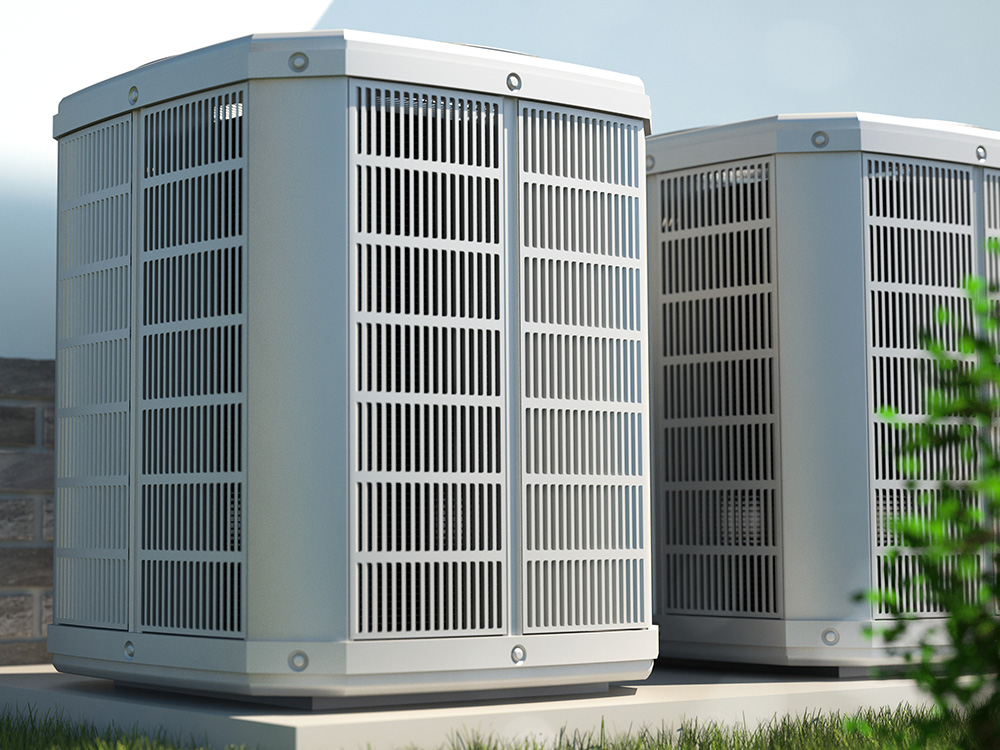
Hybrid Heat Pumps
Hybrid heat pumps are a good option for properties that require a higher flow temperature, such as properties which cannot be fully insulated and draught-proofed.
This solution gives the best of both worlds as the system selects the correct appliance to use based on demand, efficiency and cost. These systems do not require the upgrading of radiators/emitters and can work with both conventional or combination boilers.
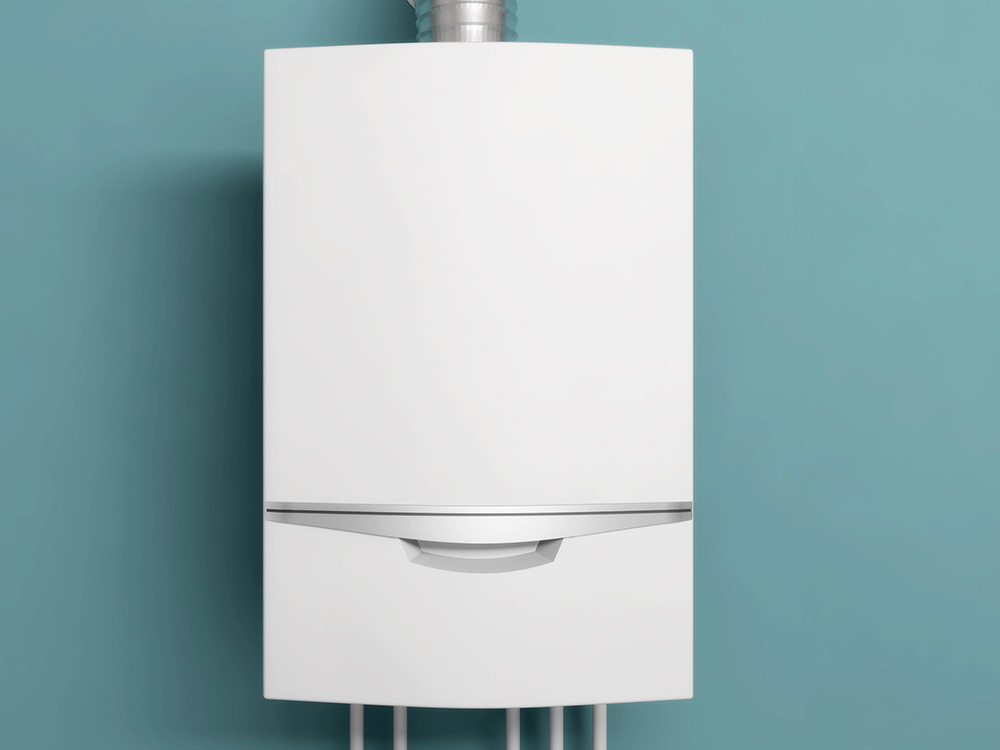
Condensing Boilers
Condensing boilers are the most efficient versions of fossil fuel boilers, producing efficiencies of around 92%. This can be improved further by adding additional technologies, such as hybrid heat pumps, flue gas heat recovery and energy-saving controls.
These are usually the easiest to install as they act as a like-for-like replacement. Gas is still a much lower cost per unit than electricity, but does create emissions when burnt. Longer term the industry are developing boilers that can run on 100% hydrogen where the main emissions will be water vapour. The boilers we fit today are typically compatible with a 20% hydrogen and 80% natural gas mix ;

Insulation & Glazing
Both products are essential in creating an efficient heating system and can have a dramatic effect on the size or power output of the heating appliance needed to effectively heat the property. For example, more insulation in the property will reduce energy usage due to needing only a small appliance.
By increasing the time it takes for heat to transfer through a building, fabric insulation can help to reduce how hot a home gets in the summer, as well as making it easier to keep warm in winter. This will improve comfort levels all year round.
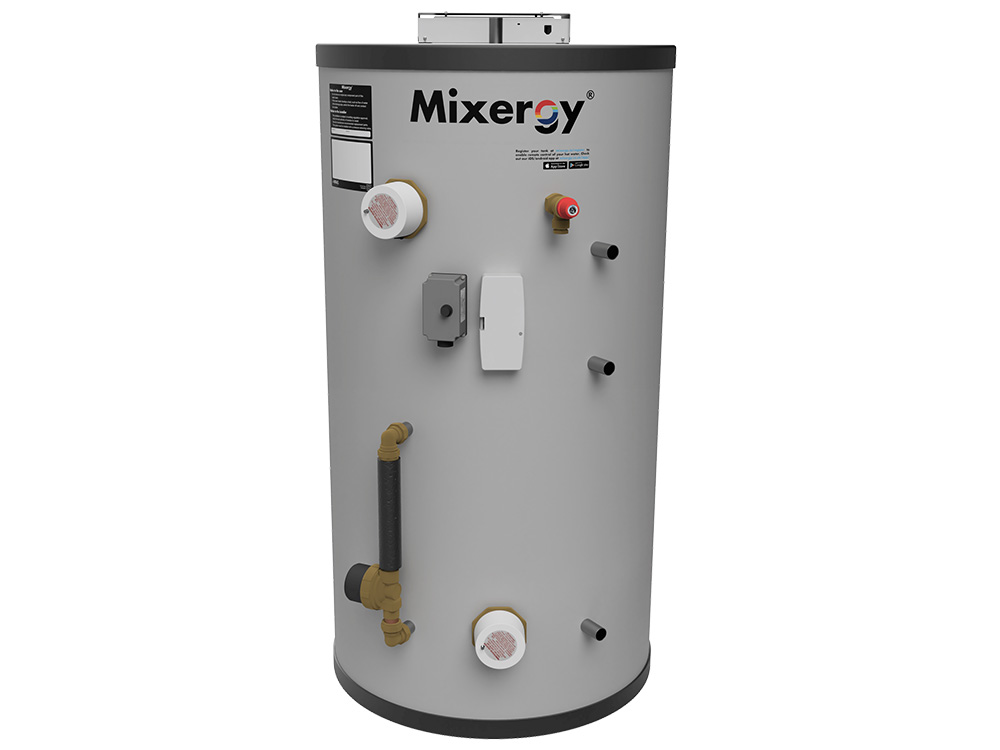
Advanced Cylinders
Advanced hot water cylinders, like the mixergy solution, can monitor hot water usage by learning the optimum amount needed, then automatically adjusting the amount of water the resident is heating. These cylinders can also link into microgeneration to utilise surplus energy by heating the hot water.
For extra peace of mind, these cylinders have a monthly sterilisation program to ensure the water is always clean. Their onboard brain is compatible with remote diagnostics and demand-response systems and is available for both vented and unvented solutions.

Microgeneration
Microgeneration can be used to generate energy from natural resources such as the sun, wind or tide. For housing, the most popular of these systems is photovoltaic or PV, where the panels capture light energy from the sun. This energy can be used by the residents to reduce the amount of electricity they are buying from the grid, which will lessen their bills and carbon at the same time.
There is a more advanced panel, ideally suited to developments with ground-source heat pumps with a shared ground array. These PVT panes also capture heat energy, which is pumped into the ground array in the summer and allows them to recharge the heat pumps for the winter. This also has the effect of cooling the PV element of the panel boosting its efficiency at the same time.
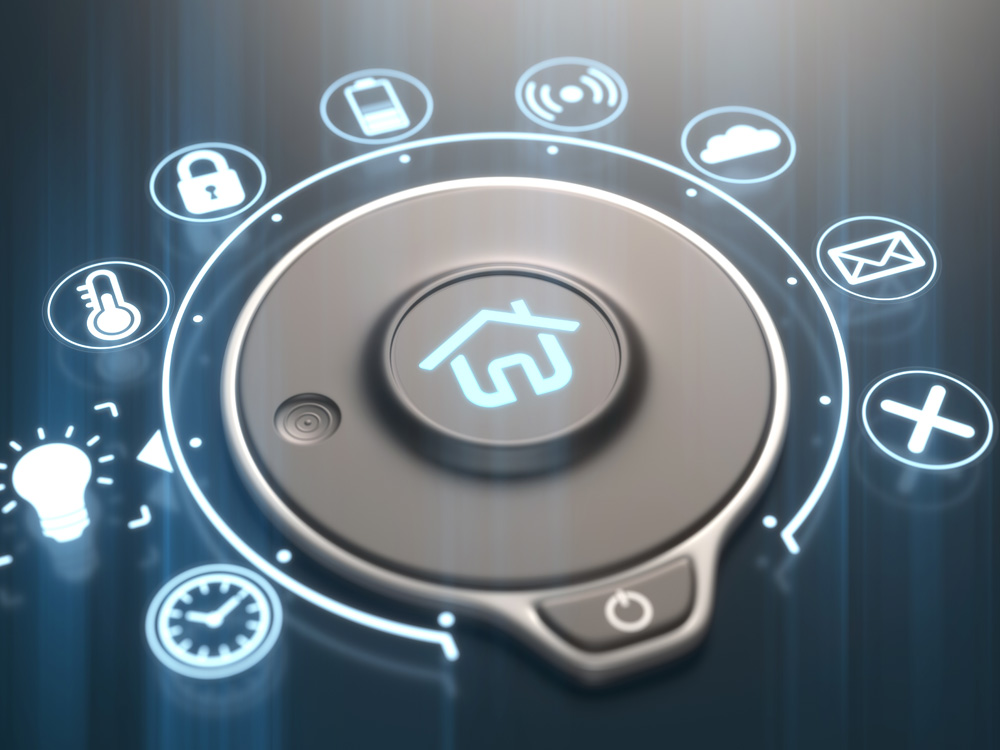
Home Batteries
Home battery solutions are an ideal way to store the surplus electricity you generate from your microgeneration system for later use, like in the evening when the solar panels will not be generating.
They can also charge up when the unit price is low so that users can take advantage of the off-peak tariffs when the unit price increases. Home batteries can also link in with demand-response systems to help smooth the grid and save money at the same time.
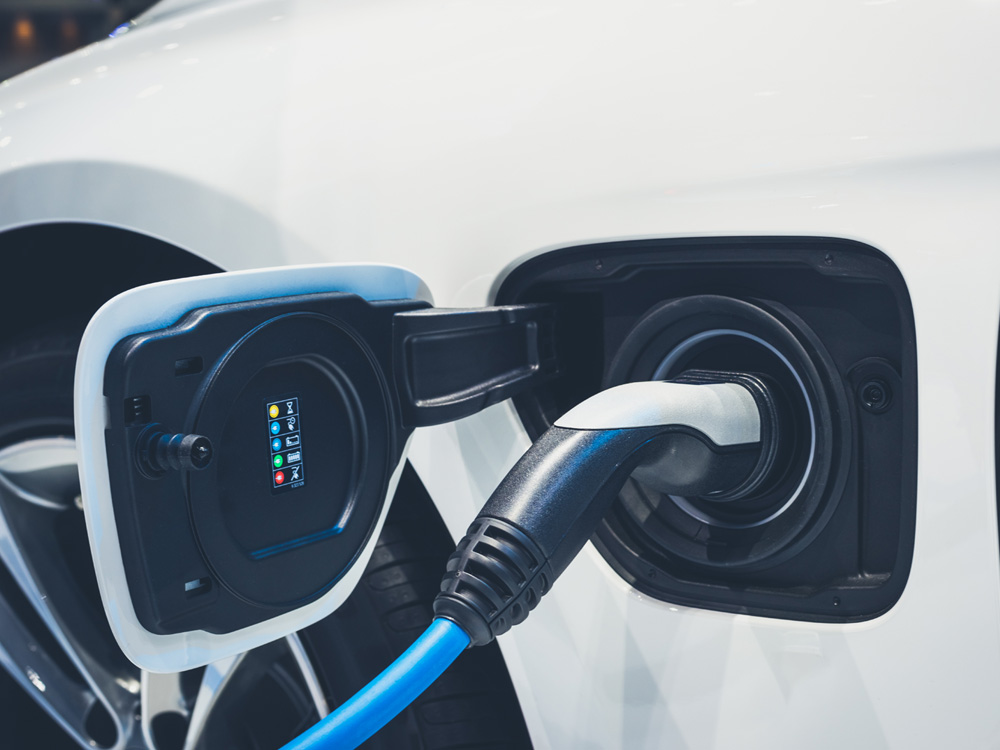
EV Charging Points
EV charging points encourage your residents to improve air quality in their local area by taking advantage of zero emissions vehicles. These points can be installed on a domestic basis connected directly to the residents’ electricity supply for their exclusive use, or they can be installed on a commercial basis on the street or in a carpark on a pay-per-use basis.
These commercial points not only help your residents benefit from zero emissions vehicles access, but they also make it easier for the companies serving your residents to switch to zero emissions fleets by having access to charging points.
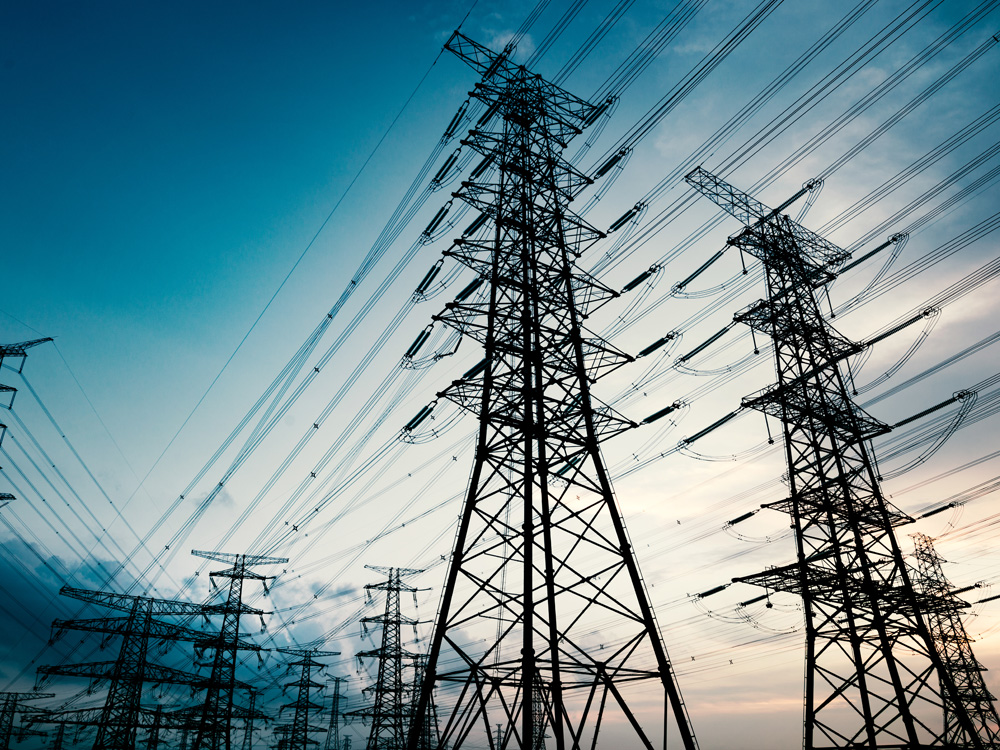
Demand Response
Demand response enables certain household technologies to smooth the load on the grid by automatically adjusting their power demand. This in turn can actively save the resident money by taking advantage of lower rates when surplus energy is available and reducing usage when rates are higher. This technology also has the potential to generate revenue.
Examples of technologies that can be compatible with this system are: house batteries, heat pumps, intelligent hot water cylinders, EV charging points and storage heaters. A hive hub can be utilised to give the system access to the internet of things, enabling the most benefit from the system.
If you would like to know more please do not hesitate to contact the team; customerstrategy@phjones.com